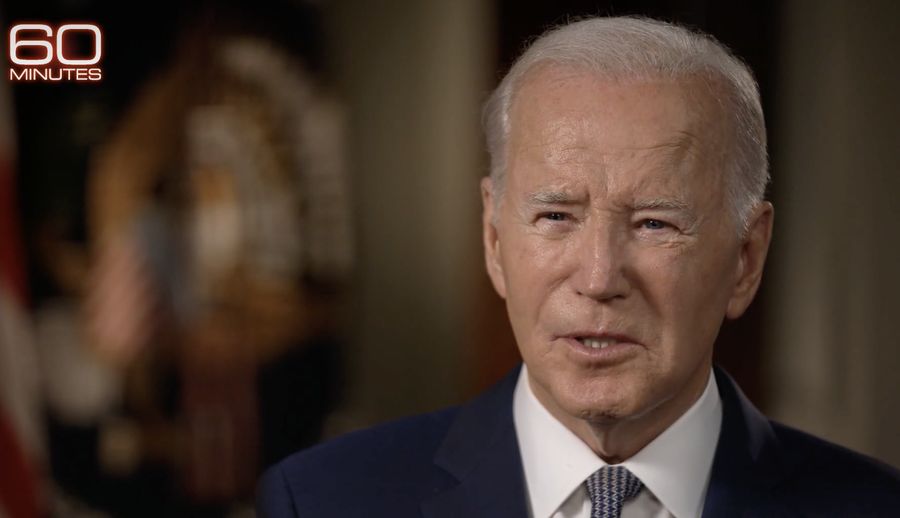US President Joe Biden met with House and Senate lawmakers at the White House on 17 January to elucidate the high stakes involved in Ukraine.
While Biden persistently pushes top US lawmakers to greenlight his $60 billion aid request for Ukraine, the administration faces a somber reality: this could be the final opportunity for fresh US military funding to reach Ukraine before the 2024 presidential election, according to CNN.
The lack of military aid degrades Ukraine's military capabilities, benefitting Russia. Highlighting the ongoing months-long Ukraine aid deadlock, Pentagon officials haven't convened a meeting since last month to determine the allocation of items from the Defense Department's weapon reserves to Ukraine as the absence of funds has stalled the aid packages.
During the meeting, the President turned to his national security adviser, Jake Sullivan, and Director of National Intelligence, Avril Haines, to identify crucial capabilities that Ukraine could deplete in the coming months, a White House official familiar with the meeting told CNN.
Another official informed CNN that they specifically cited air defense systems and artillery ammunition as instances of critical capabilities that might run out without US assistance.
"Biden also warned that US personnel were on the line, saying that if the Ukraine-Russia war spills over into NATO territory, the US would have to get directly involved in the conflict," CNN says.
At the White House on 18 January, Biden informed reporters that he deemed the meeting successful and expressed his belief that "the vast majority of members of Congress support aid" for Ukraine. However,
House Speaker Mike Johnson, who, along with other House Republicans, has linked further Ukraine funding to a comprehensive immigration agreement, claimed that continued funding for Ukraine could transform it into a US quagmire similar to the two-decade-long war in Afghanistan.
Within the White House, NATO headquarters, and Kyiv, there's a growing concern that a Trump reelection might lead to reduced support for Ukraine. US and Western intelligence anticipate a prolonged Russia-Ukraine conflict. Consequently, officials and lawmakers, including some Republicans, are eager to approve funding for Ukraine before the 2024 deadline.
They're also considering the message a US pullback could send about long-term commitment to allies and partners, as well as the potential for Europe to follow suit. More immediately, this reduction in support may limit Ukraine's long-range strikes, previously supported by Western weapons, including US-provided Army Tactical Missile Systems (ATACMS).
Biden submitted a request to Congress for additional funding to address national defense requirements, totaling $106 billion, in October 2023. This request includes a provision to allocate a minimum of $61.4 billion for military and economic assistance to Ukraine. Since then, the Congress didn’t approve Biden’s request. The Pentagon said at the end of 2023 that funding for Ukraine aid was exhausted.
Earlier, Deputy Defense Minister Gen. Ivan Havryliuk said Ukraine was ramping up the production of one-way attack “kamikaze” drones to compensate for the lack of artillery shells at the front.
Previously, the Pentagon and White House both warned that the funds previously allocated for Ukraine's military aid would be depleted by the end of the month unless Congress authorizes further assistance.
IMF chief Kristalina Georgieva warned that failure by the US and EU to deliver on tens of billions in pledged Ukraine aid swiftly could undermine the country’s fragile economic progress.
Read also:
- Biden to meet Congress members to discuss importance of Ukraine aid
- US announces $ 250 mn military aid package for Ukraine, “the last until Congress authorizes additional funds”
- Biden says Republicans will have “an awful lot to pay for” if they don’t pass military assistance for Ukraine now
- Pentagon dismisses reports of expiring ATACMS destruction instead of sending to Ukraine
- US announces $ 250 mn military aid package for Ukraine, “the last until Congress authorizes additional funds”





